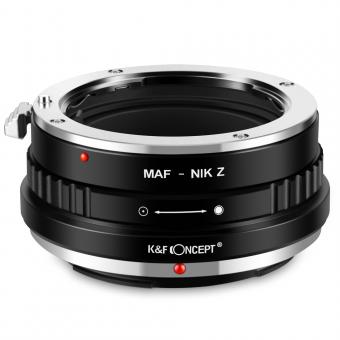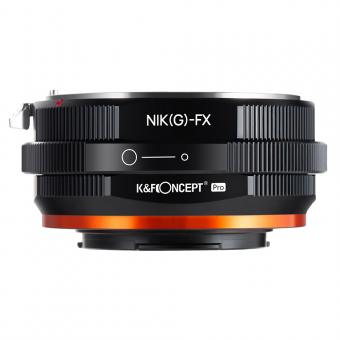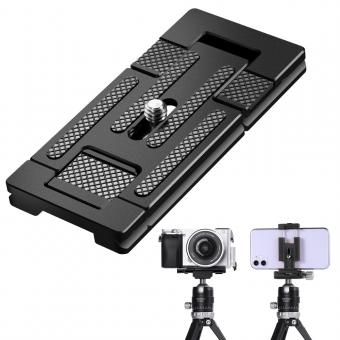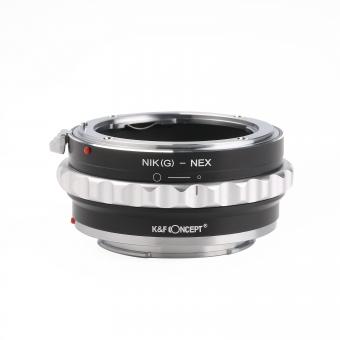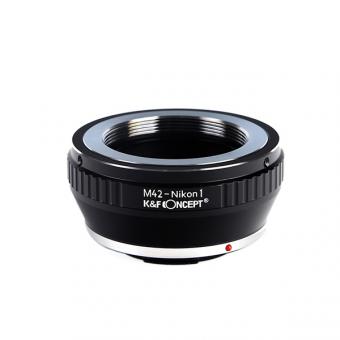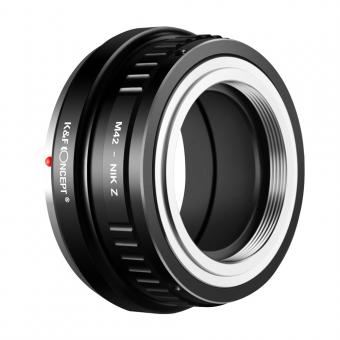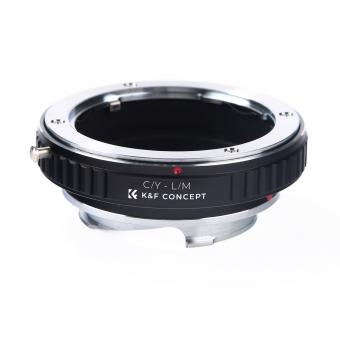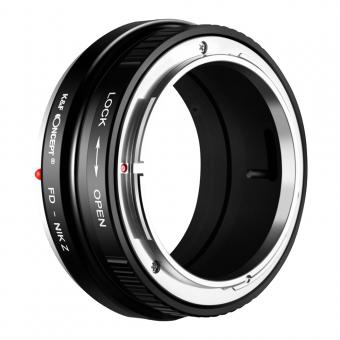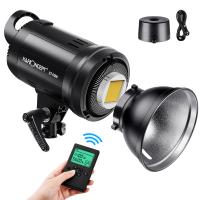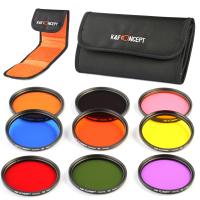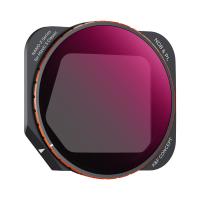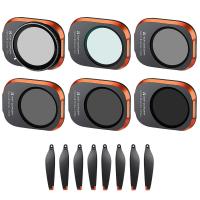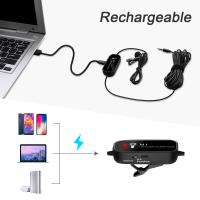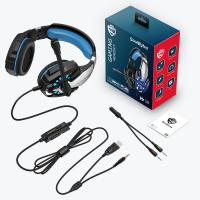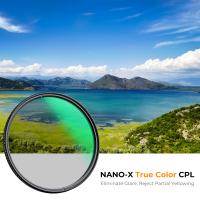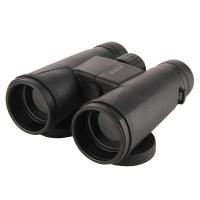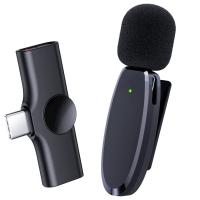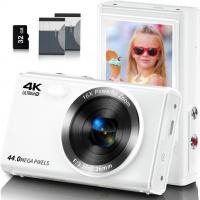What Type Of Lens Mount Nikon D3300?
When it comes to selecting a camera, one of the primary concerns for any photographer, be it a novice or an experienced hobbyist, is the type of lens mount the camera supports. This seemingly small detail is crucial because it dictates the variety of lenses you can use with your camera, and therefore, impacts your overall photography experience. For those who are using or considering the Nikon D3300, understanding the type of lens mount it supports is fundamental.
The Nikon D3300 is equipped with the Nikon F-mount, a versatile and highly compatible lens mount that offers a broad array of lens options, meeting diverse photography needs. This mount has been a staple in Nikon's line-up since its introduction in 1959, and it has gone through various iterations to enhance compatibility and functionality. Let's explore the significance of the Nikon F-mount and what it means for D3300 users.
The Nikon F-Mount: A Brief Overview
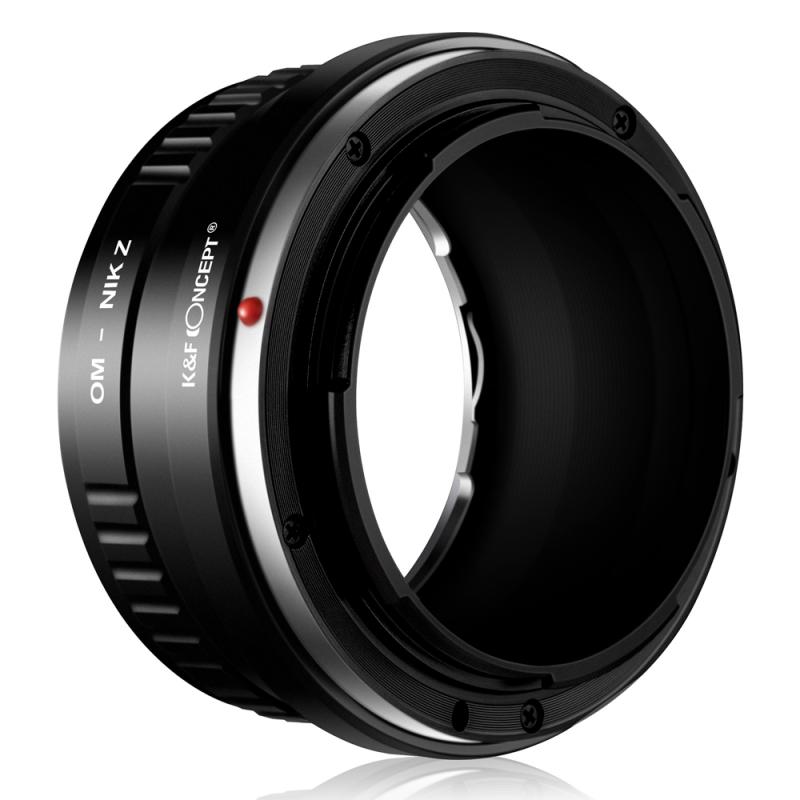
The Nikon F-mount is one of the longest-standing and most successful lens mounts in the photography world. Introduced with the Nikon F series of 35mm SLR cameras, the mount has undergone several modifications to support new technologies like autofocus (AF) and vibration reduction (VR). Despite these innovations, Nikon has maintained a level of backward compatibility, allowing contemporary cameras like the D3300 to use older lenses with certain limitations.
Lens Compatibility with Nikon D3300
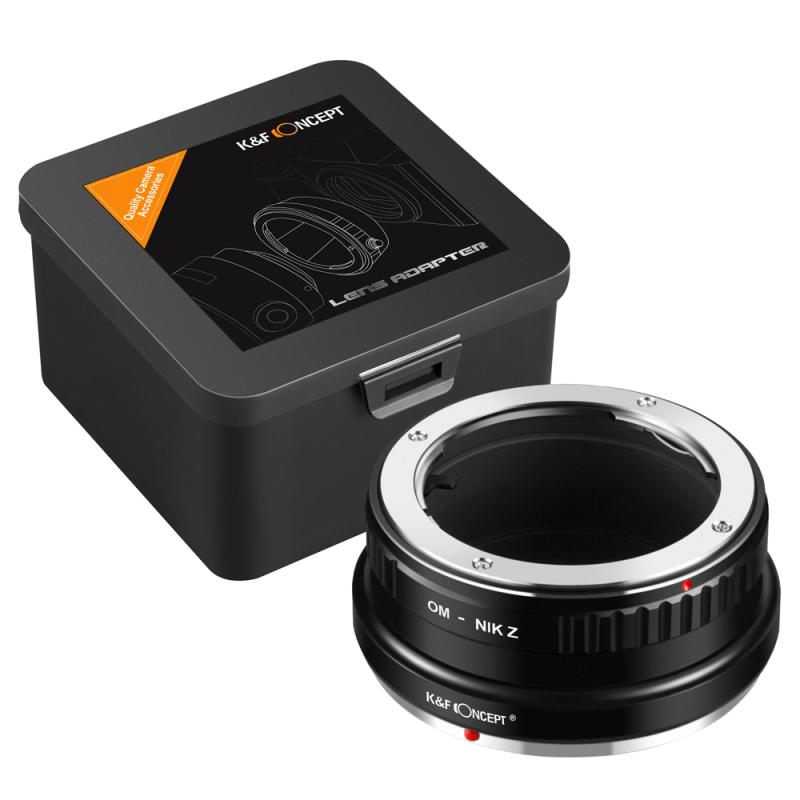
The D3300 is part of Nikon's entry-level DSLR range, aimed at beginners and enthusiasts. Its compatibility with the F-mount extends across a wide range of lenses:
1. AF-S and AF-P Lenses: These lenses have built-in autofocus motors, making them the most compatible with the D3300. They provide full functionality, including fast and accurate autofocus.
2. AF Lenses: These lenses rely on the camera body’s autofocus motor to focus. Since the D3300 lacks a built-in autofocus motor, these lenses will not autofocus on the D3300 but can be used in manual focus mode.
3. Non-AI, AI, and AI-S Lenses: These are older manual focus lenses. While they can be mounted on the D3300, they will operate in full manual mode and may lack certain conveniences like metering.
4. DX and FX Lenses: The D3300 is a DX-format camera, meaning it has an APS-C sized sensor. It can use both DX and FX lenses. However, FX lenses are designed for full-frame cameras, and while they will work on the D3300, they will be subject to a crop factor of 1.5x.
Practical Considerations for Choosing Lenses
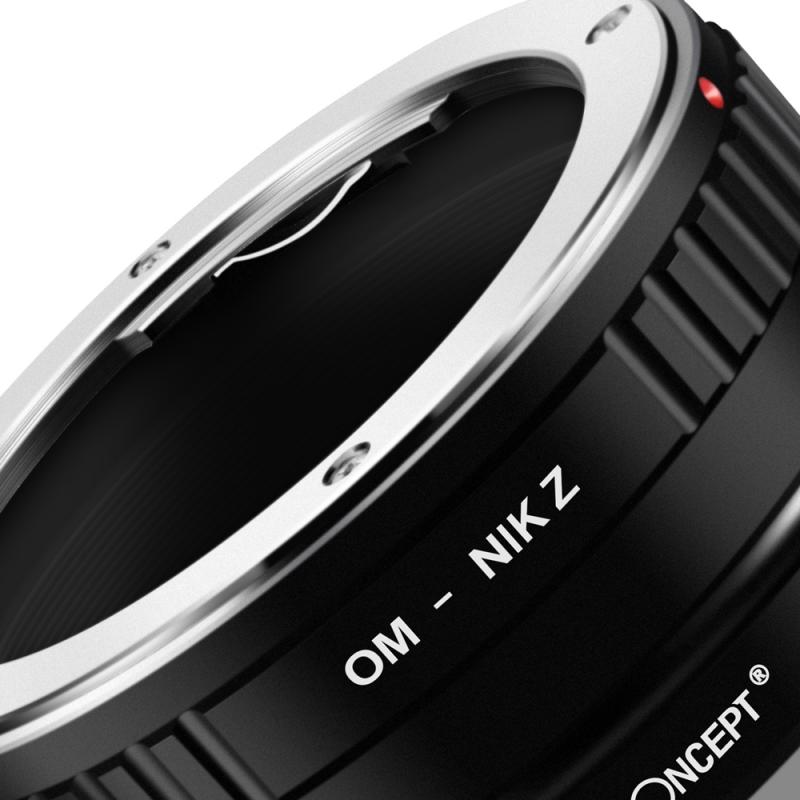
Autofocus Speed and Accuracy
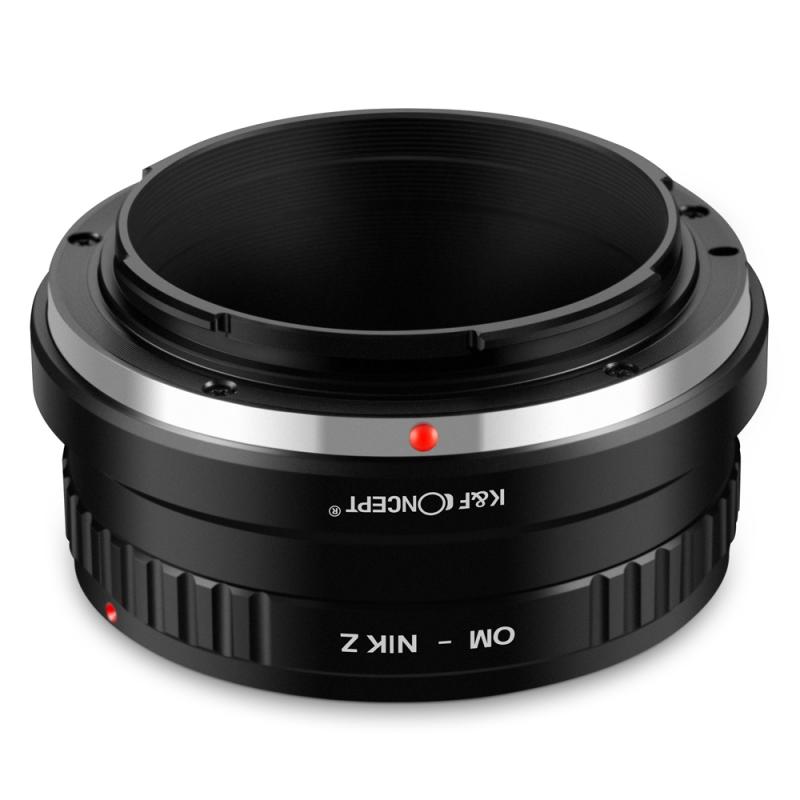
For D3300 users, lenses with built-in autofocus motors (AF-S and AF-P) are recommended for ease of use and quick focusing, especially if shooting action or video. The absence of an in-body motor means that older AF lenses will require manual focus, which can be challenging for fast-paced photography.
Image Quality
While older lenses can be tempting due to their often lower cost, they might lack the modern optical coatings and stabilization seen in newer lenses. AF-S and AF-P lenses typically offer improved image quality, reduced chromatic aberration, and better flare resistance.
Portability and Versatility
DX lenses are specifically designed for APS-C sensors and are generally more compact and lightweight than FX lenses. This makes them ideal for travel and everyday use. On the other hand, FX lenses offer a broader angle of view and higher resolution, beneficial for landscape and portrait photography, though their larger size and weight can be less convenient.
Expanding Your Lens Collection
As you advance in your photography journey with the D3300, experimenting with different lenses can significantly enhance your creative capabilities. Here are some recommended lenses for various types of photography:
- Portraits: The AF-S DX NIKKOR 35mm f/1.8G is a fantastic prime lens for portraits. Its wide aperture allows for beautiful background blur (bokeh) and superior low-light performance.
- Landscape: An excellent choice for landscapes is the AF-P DX NIKKOR 10-20mm f/4.5-5.6G VR, a lightweight wide-angle lens, perfect for capturing expansive scenes.
- General Use: The AF-S DX NIKKOR 18-55mm f/3.5-5.6G VR II, often included as a kit lens with the D3300, provides a versatile focal range suitable for various photography genres.
- Macro: For close-up photography, the AF-S DX Micro NIKKOR 85mm f/3.5G ED VR offers impressive magnification and detail.
The Nikon D3300, with its versatile Nikon F-mount, is an excellent entry-level DSLR that provides users with a wealth of lens choices. Whether you are interested in portraiture, landscapes, macro, or general photography, there are compatible lenses that meet your needs and enhance your photographic expression. Understanding the nuances of lens compatibility ensures you make informed decisions, optimizing your investment in lenses and maximizing your creative potential. As you grow more comfortable with your camera, experimenting with different lenses can unveil new possibilities and elevate your photography skills. Happy shooting!

